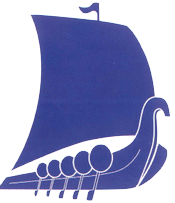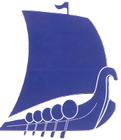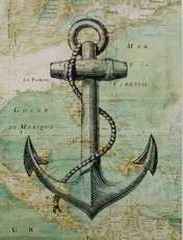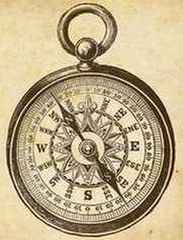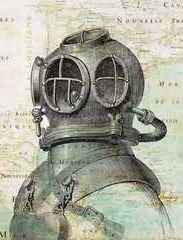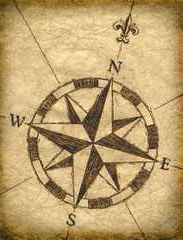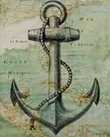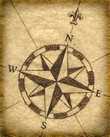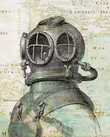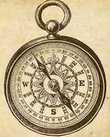Arklow Maritime & Heritage Museum Folklore
Arklow Maritime
& Heritage Museum Folklore
Arklow Maritime
& Heritage Museum
Sorry
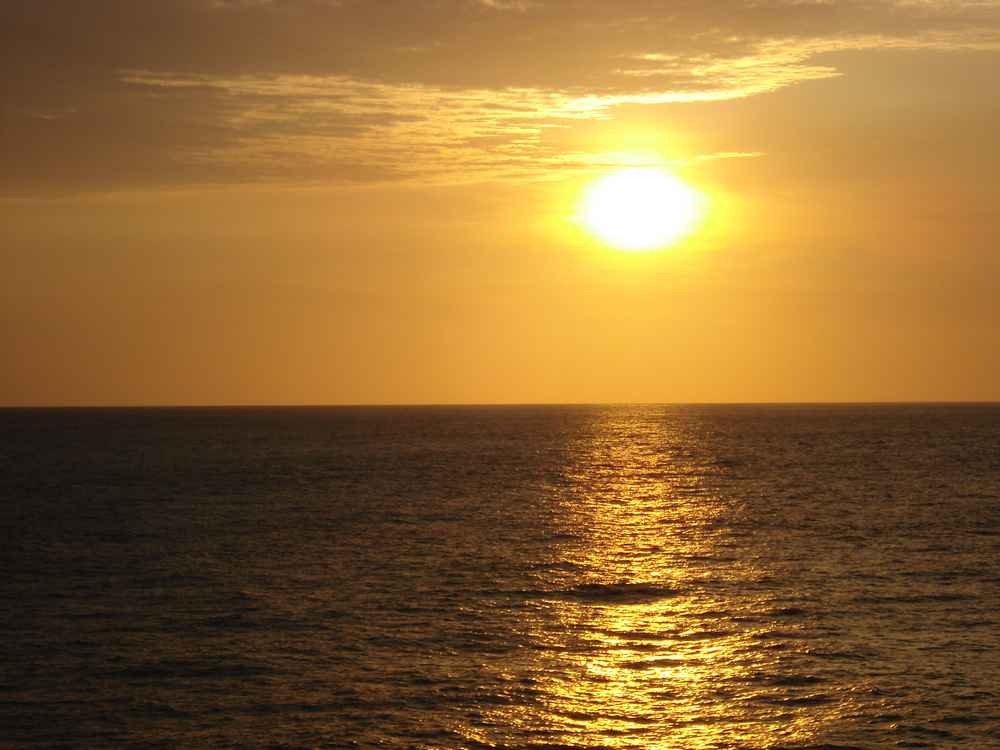

Folklore
Fishermen the world over can be very superstitious. Perhaps that should not be surprising for people who work in such a dangerous environment. From the beginning of time, they have had to deal with powers beyond their control and they have used a range of tactics to try to stay on the right side of those powers. Traditional, pre-Christian practices, often called piseogs in Ireland, went hand-in-hand with more orthodox prayers and rituals. Here are a few: - If a mirror were used for washing and shaving on board a boat, the user had to avoid having the reflection of the moon in the glass. It was also unlucky for a boat to turn left (north, away from the sun) as it exited the harbour, even if the destination lay to the north. Likewise, it was considered lucky to turn the boat towards the sun immediately prior to 'shooting' (casting) the nets.
Folklore

Fishermen the world over can be very superstitious. Perhaps that should not be surprising for people who work in such a dangerous environment. From the beginning of time, they have had to deal with powers beyond their control and they have used a range of tactics to try to stay on the right side of those powers. Traditional, pre-Christian practices, often called piseogs in Ireland, went hand-in-hand with more orthodox prayers and rituals. Here are a few: - If a mirror were used for washing and shaving on board a boat, the user had to avoid having the reflection of the moon in the glass. It was also unlucky for a boat to turn left (north, away from the sun) as it exited the harbour, even if the destination lay to the north. Likewise, it was considered lucky to turn the boat towards the sun immediately prior to 'shooting' (casting) the nets.
Fortune
In a good season, nothing - even something as inconsequential as a light for a pipe or cigarette - should be given to a crew member of another boat, because the luck might go with the given object.
If, however, the catches were poor and remained so despite all the above precautions, the youngest on board was ordered to light a torch and carry it around the deck holding it out over the side until a complete circuit of the boat had been made.
This was called 'burning the devil out of her'. If this measure failed, the point of time at which the bad luck started had to be identified and the items brought on board after that date were cast overboard, one a day until the guilty article was despatched, signified by the resumption of good catches.
In common with other fishing communities, the words rat, pig, and rabbit were taboo.
They were referred to as 'cowld [cold] iron', 'the lad with the curly tail', and the 'lad with the furry tail' respectively.
Red-haired women were also to be avoided. It was not unknown for some of the old-time fishermen to return home if they met a red-haired woman as they made their way to the harbour.
It was strongly believed that a child born with a caul, a membrane covering the head of some children at birth, would never drown, so was highly prized in a seafaring community.
'The sailors would give anything for a caul it was always blessed and they used to carry it with them like a scapular and never took it off.'
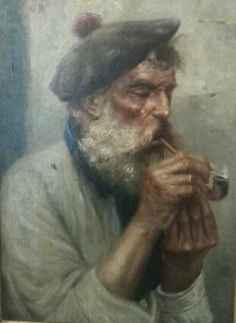
Fortune
In a good season, nothing - even something as inconsequential as a light for a pipe or cigarette - should be given to a crew member of another boat, because the luck might go with the given object.
If, however, the catches were poor and remained so despite all the above precautions, the youngest on board was ordered to light a torch and carry it around the deck holding it out over the side until a complete circuit of the boat had been made.
This was called 'burning the devil out of her'. If this measure failed, the point of time at which the bad luck started had to be identified and the items brought on board after that date were cast overboard, one a day until the guilty article was despatched, signified by the resumption of good catches.

It was strongly believed that a child born with a caul, a membrane covering the head of some children at birth, would never drown, so was highly prized in a seafaring community. 'The sailors would give anything for a caul it was always blessed and they used to carry it with them like a scapular and never took it off.'
Home Remedies
For whooping cough each child was put three times under a donkey and then brought up to the Navvy Bridge, a railway bridge that overlooks the eastern part of Arklow. Here the child was supposed to get three different kinds of air. Its altitude, although less than one hundred feet above sea level, was believed to give access to the sea air to the east and the mountain air to the west. No one is sure what the third air might have been - hopefully, not from the donkey!
The fish called ray was said to have a cure in every bone - Ray was supposed to be fish and flesh. The middle part, which is usually thrown away was the flesh and the wings were the fish. This middle part the people with consumption stewed until they got a sticky white emulsion and bottled it and took it in spoonfuls for their complaint. I don't think it did cure them for the families died one by one.
(Kathleen Gaffney, 'Yarns from the Fishery', Arklow Hist. Soc. Jn. (1983).)

Home Remedies
For whooping cough each child was put three times under a donkey and then brought up to the Navvy Bridge, a railway bridge that overlooks the eastern part of Arklow. Here the child was supposed to get three different kinds of air. Its altitude, although less than one hundred feet above sea level, was believed to give access to the sea air to the east and the mountain air to the west.

The fish called ray was said to have a cure in every bone - Ray was supposed to be fish and flesh. The middle part, which is usually thrown away was the flesh and the wings were the fish. This middle part the people with consumption stewed until they got a sticky white emulsion and bottled it and took it in spoonfuls for their complaint. I don't think it did cure them for the families died one by one. (Kathleen Gaffney, 'Yarns from the Fishery', Arklow Hist. Soc. Jn. (1983).)

Most common ailments and illnesses were treated at home using traditional cures. A cobweb was put on cuts, scalded buttermilk was for chest colds, ear wax was put on chapped lips (a very common complaint at sea); sugar and white of egg beaten up for coughs; children were dosed every week with a sugary tea made from the weed Canavaun Beg for worms. The same wild flower, usually picked at the small waterfall in Abbeylands known as 'The Sconce', was also used 'to clear you out - no constipation with that'. Sore throats were treated in a variety of ways; by wrapping a cloth layered with goose-grease around the neck, or by heating scrapings of carrot or parsnip on an open fire to extract the juice which was then rubbed on the throat, or by covering the throat with a stocking filled with hot salt.

Most common ailments and illnesses were treated at home using traditional cures. A cobweb was put on cuts, scalded buttermilk was for chest colds, ear wax was put on chapped lips (a very common complaint at sea); sugar and white of egg beaten up for coughs; children were dosed every week with a sugary tea made from the weed Canavaun Beg for worms. The same wild flower, usually picked at the small waterfall in Abbeylands known as 'The Sconce', was also used 'to clear you out - no constipation with that'. Sore throats were treated in a variety of ways; by wrapping a cloth layered with goose-grease around the neck, or by heating scrapings of carrot or parsnip on an open fire to extract the juice which was then rubbed on the throat, or by covering the throat with a stocking filled with hot salt.
Electric rays were few and far between in Arklow bay, but when they were caught they were hung up by the head for weeks and allowed to drip from the tail into a container, and the black stinking juice was recovered until the ray rotted and fell from the hook. This was then used to cure colds, flus, whooping cough and other ailments, by rubbing the juice on your chest. (Danny O'Neill, Arklow Maritime Museum.)
Some families and individuals were deemed to possess the powers of healing. One woman was told by a local curate she should have 'the gift' as she came from four generations of male Byrnes who married female Byrnes with no blood connection.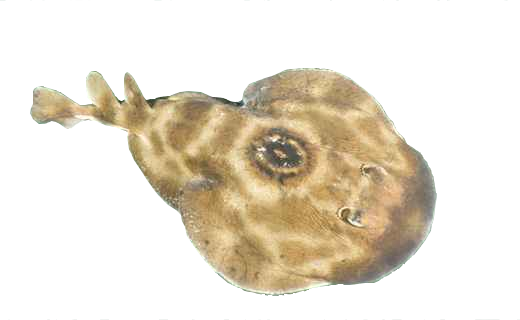
Electric rays were few and far between in Arklow bay, but when they were caught they were hung up by the head for weeks and allowed to drip from the tail into a container, and the black stinking juice was recovered until the ray rotted and fell from the hook. This was then used to cure colds, flus, whooping cough and other ailments, by rubbing the juice on your chest. (Danny O'Neill, Arklow Maritime Museum.)

Perhaps it was the expertize of such exceptional people that was responsible for the longevity of some Arklow people. In the year 1800 a woman had lived to be 110 years old, and her youngest son was still alive at 80. Also, the combined ages of a five-man herring boat crew was 335 years, making an average age of 67. (Henry Lambart Bayly, rector of Arklow 1799 - 1827.)
Perhaps it was the expertize of such exceptional people that was responsible for the longevity of some Arklow people. In the year 1800 a woman had lived to be 110 years old, and her youngest son was still alive at 80. Also, the combined ages of a five-man herring boat crew was 335 years, making an average age of 67. (Henry Lambart Bayly, rector of Arklow 1799 - 1827.)
